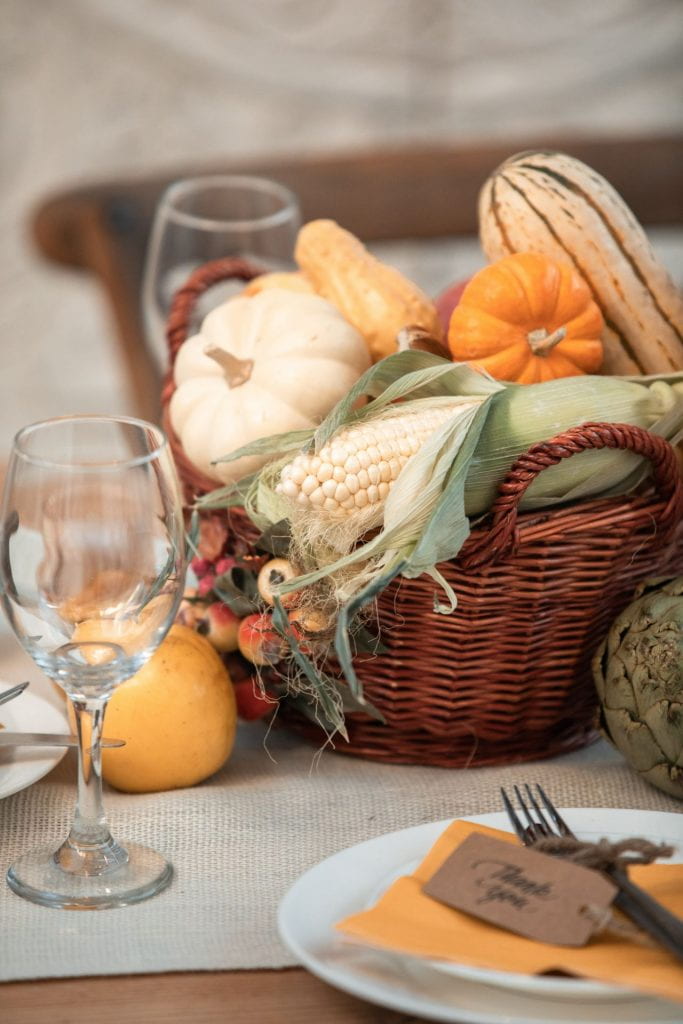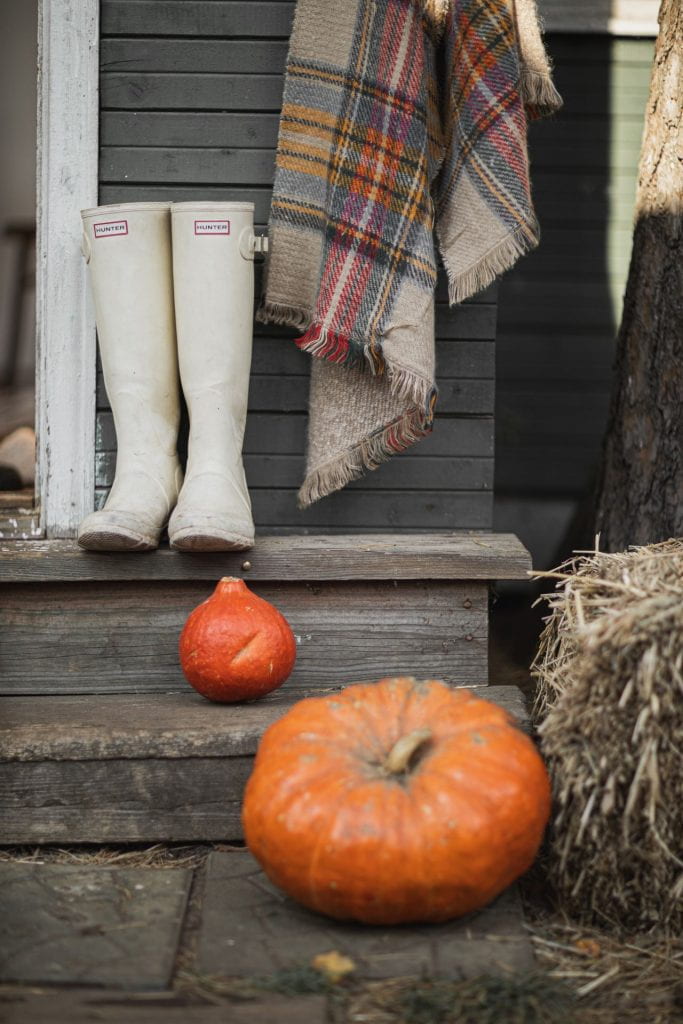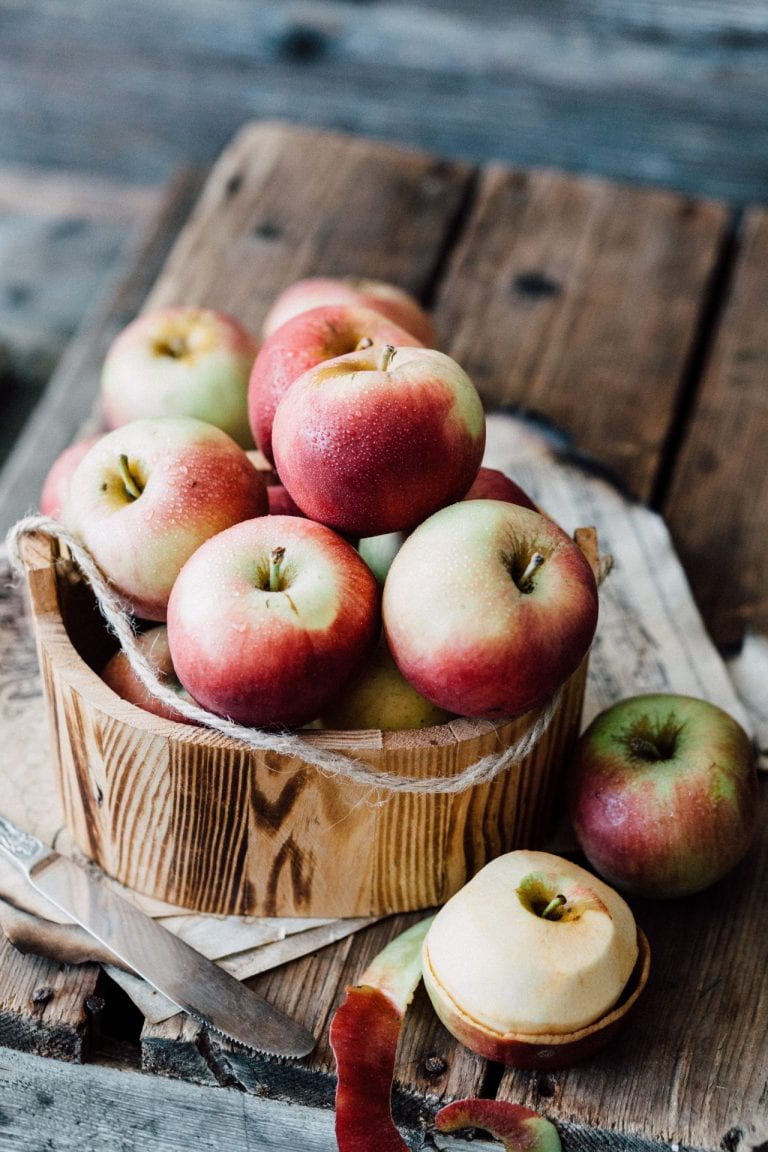The Himmelfarb Library’s Scholarly Communications Committee is pleased to present a series of short lectures that will answer common questions researchers may have! Running for 3-5 minutes, each video will address a specific topic ranging from predatory journals to preprints to changing citation styles and so much more. Below are the titles and brief descriptions for the first round of lectures:
- Setting Up Your Google Scholar Profile: Taking control of your online researcher profiles is a great way to put your best foot forward online. One of the most important of those profiles is your Google Scholar author profile and in this video, I'll show you how to claim that profile and make sure it's accurate and complete.
- From AMA to APA: Quickly Changing Citation Styles: Reformat the references in your manuscript for submission to a journal in just 5 minutes by using RefWorks Write-N-Cite for Word!
- Tracking Citations with Scopus: Following article citations in Scopus can help you identify highly influential articles in a field as well as articles that you may have missed using traditional keyword searching. To that end, in this video we’ll briefly explore Scopus's unique citation tracking features.
- The Researcher Audit Profile Service at the Himmelfarb Library: ORCiD. Scopus Author Profile. Publons. Google Scholar Profile.. Keeping up with your author profile in numerous systems can be a daunting task. In this brief video, you will learn about the Researcher Profile Audit Service designed to help researchers at GW maximize their use of these systems. An audit of your researcher profiles in prominent systems can help to differentiate you from other researchers, allow you to quickly demonstrate your impact for professional advancement, and help you to build a professional network.
- The Clarivate Manuscript Matcher: The Clarivate Manuscript Matcher is a text prediction tool that can used by authors to identify potential journals to approach about publishing your manuscript. This short video introduction covers the essentials of how to register for an account and how to use the Clarivate Manuscript Matcher.
- Preprint Servers: Balancing the Pros & Cons: Do you want to learn more about preprints and how they can help you share your research with others? Are you curious about how preprints differ from published scholarly articles? Then watch ‘Preprint Servers: Balancing the Pros and Cons,” a video from Himmelfarb Library’s Scholarly Communications Committee! In this video, we’ll briefly discuss what preprints are, some benefits of the preprint model and some challenges that may impact scholars and researchers.
- How to Spot a Predatory Journal: Learn how to spot a predatory journal quickly and easily! This video focuses on the top five things to look for when identifying predatory journals.
The videos will be available on Monday, March 1st and can be accessed through the Scholarly Publishing libguide!


















